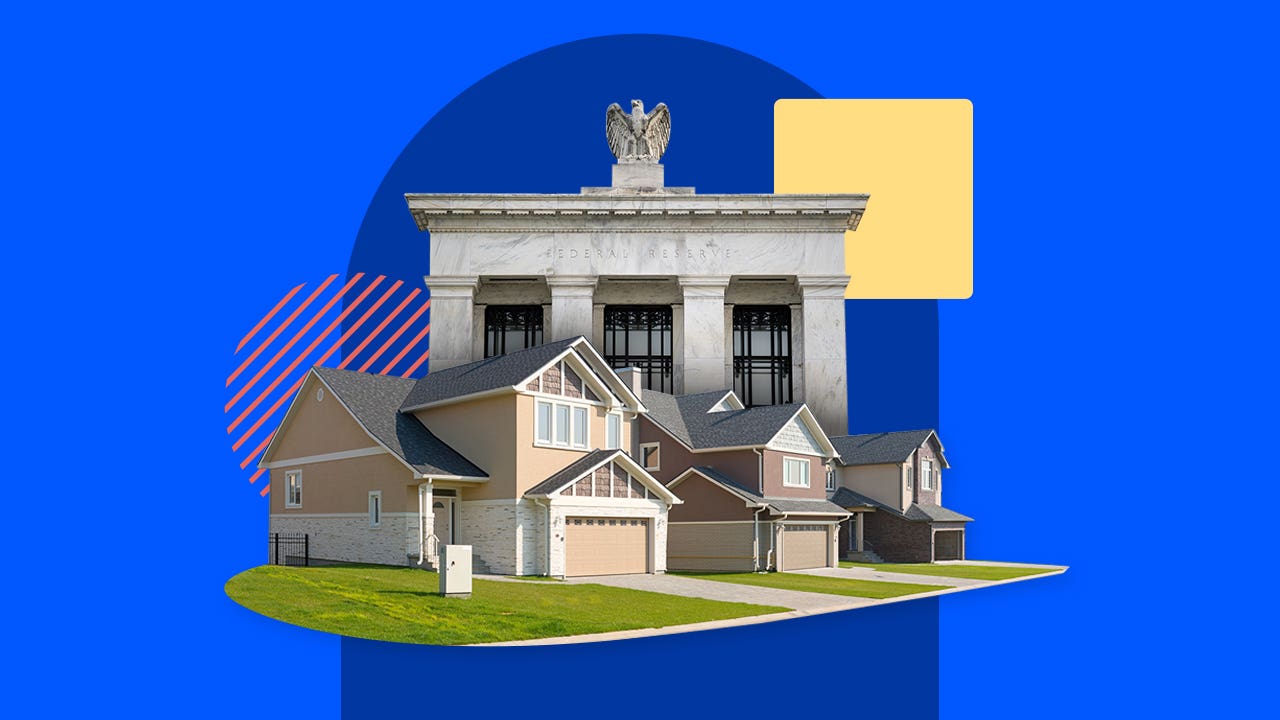
Most rates increase as Fed keeps rates unchanged | Mortgage and refinance rates for today, May 8, 2025
The current average rate for a 30-year fixed mortgage is 6.85, the average rate for the benchmark 15-year fixed mortgage is 6.03 percent, and the average rate on a 5/1 adjustable rate mortgage is 6.10 percent.







